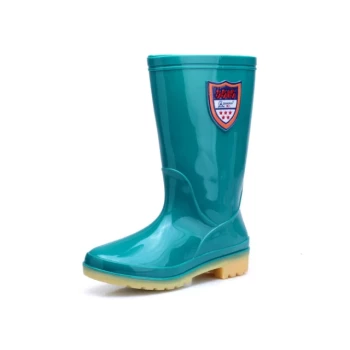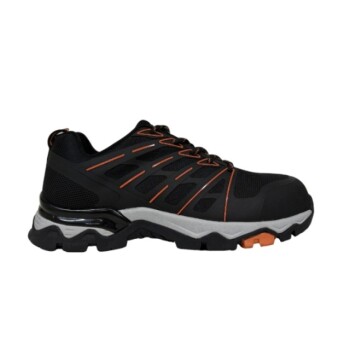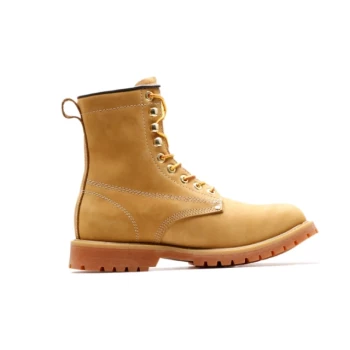When choosing winter boots, the insulation is the single most critical factor for warmth and comfort. The most common options include natural materials like wool and shearling, alongside advanced synthetics such as Thinsulate™ and PrimaLoft®. The effectiveness of these materials is measured by their weight in grams, which directly corresponds to the level of warmth they provide for different temperatures and activity levels.
The best insulation isn't defined by a single material, but by matching the insulation weight (in grams) to your personal activity level and the expected temperature. High-exertion activities require less insulation, while stationary periods in extreme cold demand significantly more.
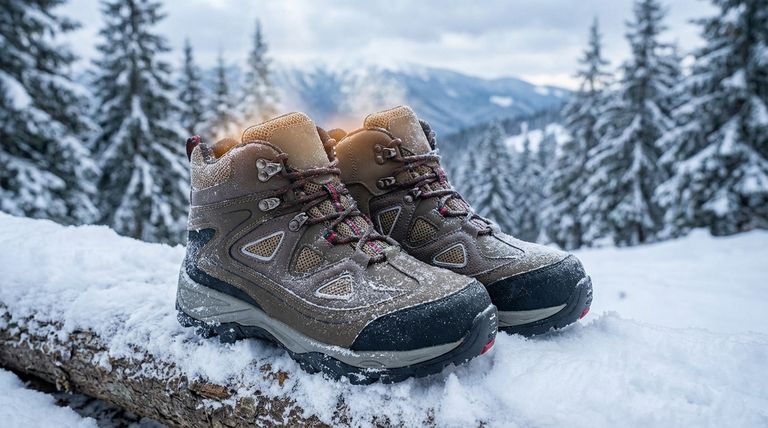
Deconstructing Boot Insulation: Material vs. Weight
Understanding insulation requires looking at two key factors: the material it's made from and, more importantly, its weight or density.
The Critical Role of Insulation Weight (Grams)
The gram rating is the most reliable indicator of a boot's warmth. It measures the weight of the insulation material in a square meter of fabric.
- 200g: This is the standard for cold-weather active use and mild winter days. It's ideal for hiking or daily commuting where your body is generating heat.
- 400g: A great all-around choice for those who are less active in consistently cold weather. This weight provides significant warmth without being overly bulky.
- 600g to 800g+: Reserved for very cold, sub-zero conditions, especially when you'll be stationary for long periods, such as for ice fishing or outdoor work.
Common Synthetic Insulations
Synthetic materials are engineered to provide exceptional warmth even when damp, and they typically offer this warmth with less bulk than natural materials.
- Thinsulate™: A very common and trusted brand of insulation. It's known for providing excellent warmth without being thick or heavy, preserving the boot's flexibility.
- PrimaLoft®: Originally developed for the U.S. Army, PrimaLoft is a patented synthetic microfiber that is water-resistant, breathable, and highly compressible.
Traditional Natural Insulations
Natural fibers have been used for centuries and offer unique benefits, particularly in breathability and comfort.
- Wool: An excellent natural insulator that retains warmth even when it gets a little damp. It is also naturally breathable and odor-resistant.
- Shearling (Sheepskin): This material offers dense, soft insulation and is exceptionally comfortable. It is often visible as a plush lining inside the boot.
Where Insulation Lives in a Boot
Effective insulation isn't just one thick layer. It's a system of components working together to protect your foot from the cold.
The Upper and Lining
This is where the primary, gram-rated insulation is typically located. It's a thick layer of fabric sewn between the outer material of the boot and the inner lining to trap warm air.
Underfoot Protection
You lose a significant amount of heat through the soles of your feet. Quality winter boots combat this with insulated midsoles and thicker outsoles to create a barrier against the cold ground.
Specialized Footbeds and Liners
Many boots feature removable footbeds (insoles) made of wool or fleece. Some high-end models even incorporate reflective liners or foil layers that reflect your body heat back toward your foot for an extra thermal boost.
Understanding the Trade-offs
Choosing the right insulation involves balancing competing factors. Understanding these trade-offs is key to making an intelligent choice.
More Grams Isn't Always Better
Over-insulating for your activity is a common mistake. If you wear an 800g boot while snowshoeing, your feet will sweat. That moisture then gets cold, defeating the purpose of the insulation entirely.
Bulk vs. Warmth
Traditionally, more warmth meant a heavier, bulkier boot. Modern synthetics like Thinsulate™ have changed this, allowing for streamlined boots that still provide excellent thermal protection. However, the extreme warmth of a 1000g+ boot will almost always come with added size and weight.
Insulation Is Only One Part of the System
The best insulation in the world will fail if it gets wet. For insulation to work effectively, it must be paired with waterproofing to keep external moisture out and breathability to let sweat vapor escape.
How to Choose the Right Insulation Level
Use your primary activity as the deciding factor to select the correct insulation weight for your needs.
- If your primary focus is active use (hiking, snowshoeing): Choose a lower rating like 200g to 400g to prioritize breathability and prevent overheating.
- If your primary focus is everyday casual wear (commuting, errands): A 200g insulation is typically the sweet spot for balanced warmth and all-day comfort.
- If your primary focus is low-activity in extreme cold (ice fishing, spectating): Look for higher ratings of 600g, 800g, or more for maximum thermal protection when you aren't generating body heat.
Matching the insulation rating to your specific use case is the definitive way to ensure warm, dry, and comfortable feet all winter.
Summary Table:
| Insulation Type | Key Characteristics | Ideal For |
|---|---|---|
| Thinsulate™ | Excellent warmth-to-thickness ratio, flexible | Active use, general cold weather |
| PrimaLoft® | Water-resistant, highly compressible, breathable | Wet conditions, versatile activities |
| Wool | Natural, breathable, retains warmth when damp | Everyday comfort, moderate cold |
| Shearling | Dense, soft, exceptionally comfortable | Extreme cold, low-activity scenarios |
| Insulation Weight (Grams) | Warmth Level | Typical Use Case |
| 200g | Light to Moderate | Active hiking, mild winter days |
| 400g | Moderate to High | All-around cold weather, less active use |
| 600g - 800g+ | Maximum | Sub-zero temperatures, stationary activities |
Need High-Performance Winter Boots for Your Business?
As a large-scale manufacturer, 3515 produces a comprehensive range of insulated footwear for distributors, brand owners, and bulk clients. Our production capabilities encompass all types of boots, from lightweight 200g hikers to heavy-duty 1000g+ extreme cold weather models, ensuring your customers get the perfect balance of warmth, comfort, and durability.
Let's discuss your specific needs: Contact our expert team today to explore our catalog and get a quote.
Visual Guide
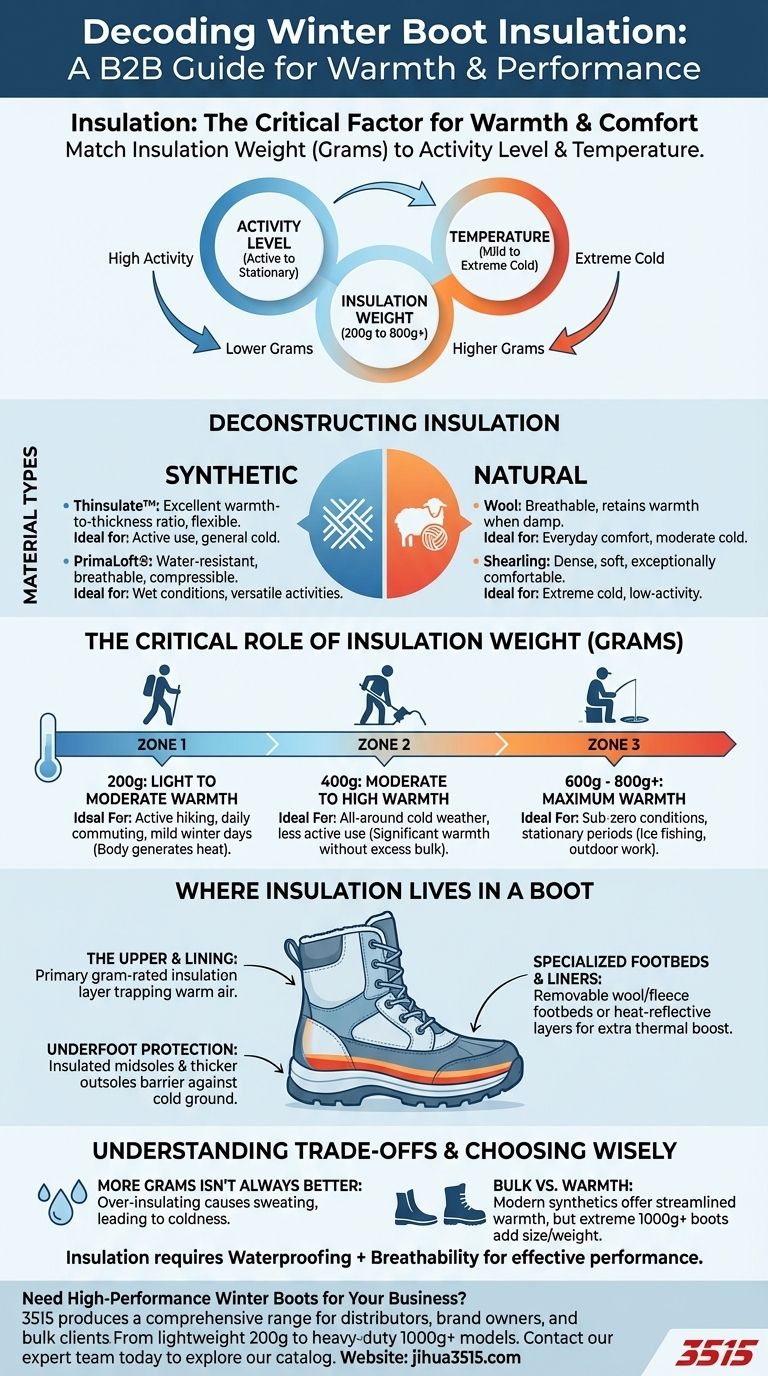
Related Products
- Safety Footwear Wholesale Manufacturer for Custom OEM/ODM Production
- Premium Wholesale Waterproof Safety Boots High Performance Protection for Industrial Markets
- Wholesale Safety Footwear Manufacturer for Bulk & Custom OEM Orders
- Custom Wholesale Leather Safety Boots Direct Factory Manufacturing
- Customizable Anti-Smash Safety Boots for Wholesale & Private Label Manufacturing
People Also Ask
- What are the cultural perspectives on wearing shoes in the house? A Guide to Home Etiquette & Hygiene
- What are OSHA approved shoes? Understanding the Correct Standards for Workplace Safety
- How do safety shoes contribute to cost savings for companies? A Strategic Investment in Risk and Cost Management
- What cultural and environmental considerations are tied to wearing shoes indoors? Balance Hygiene, Tradition, and Foot Health
- Do snake bite boots work? Your Ultimate Guide to Effective Snake Bite Protection





